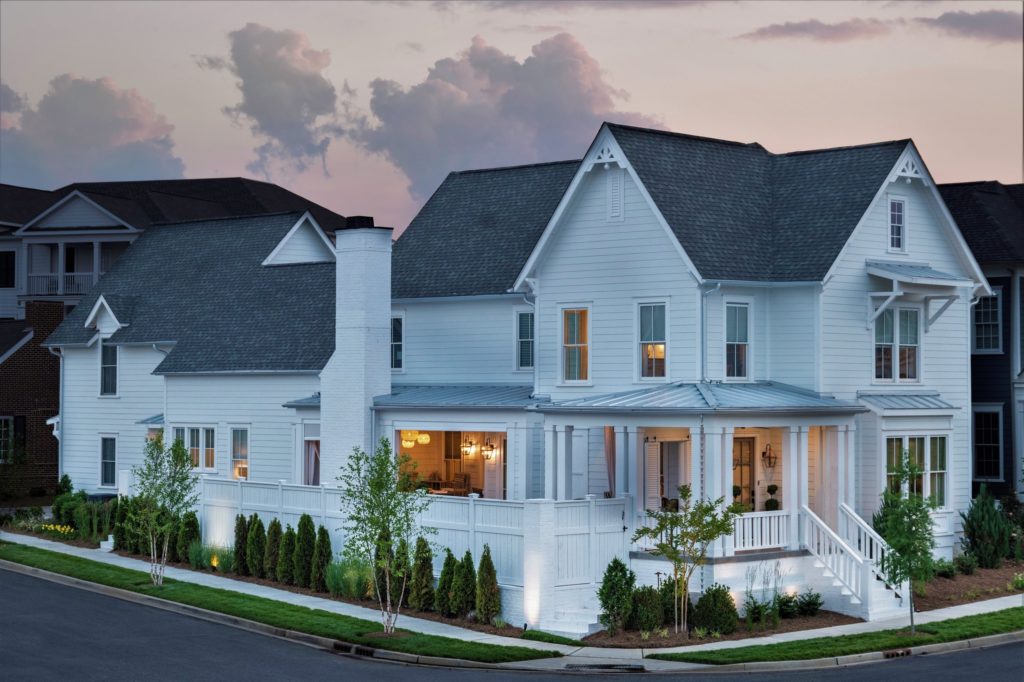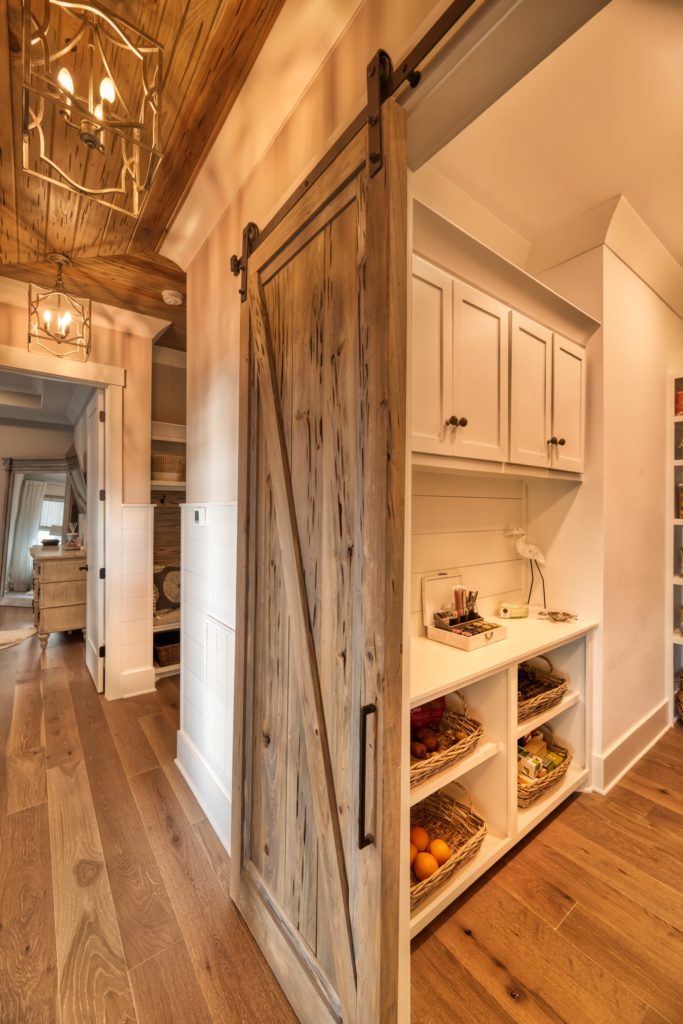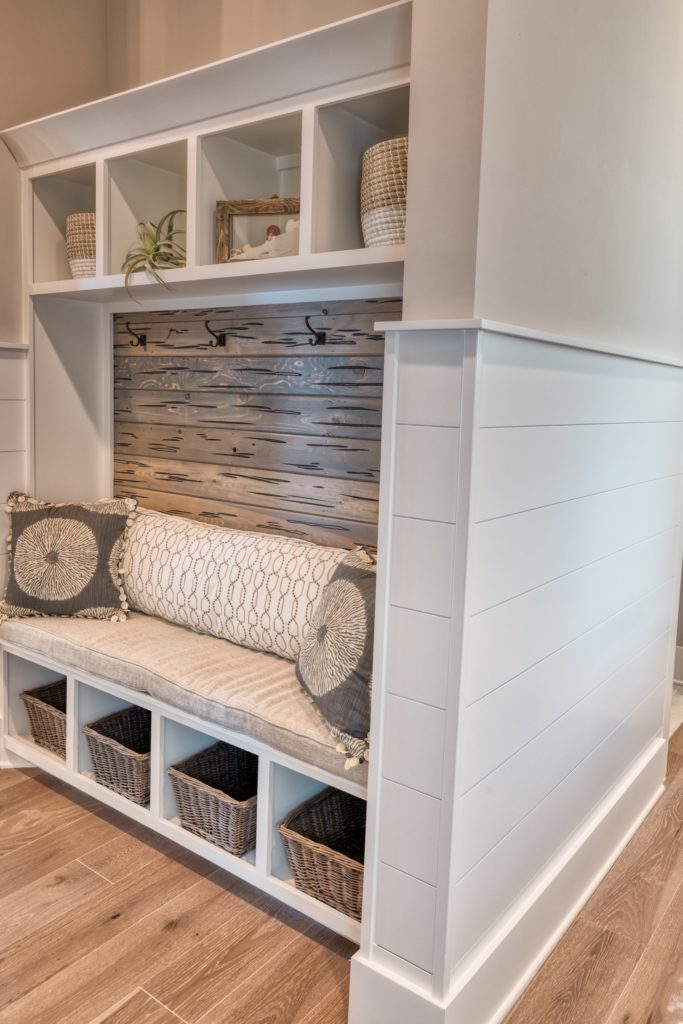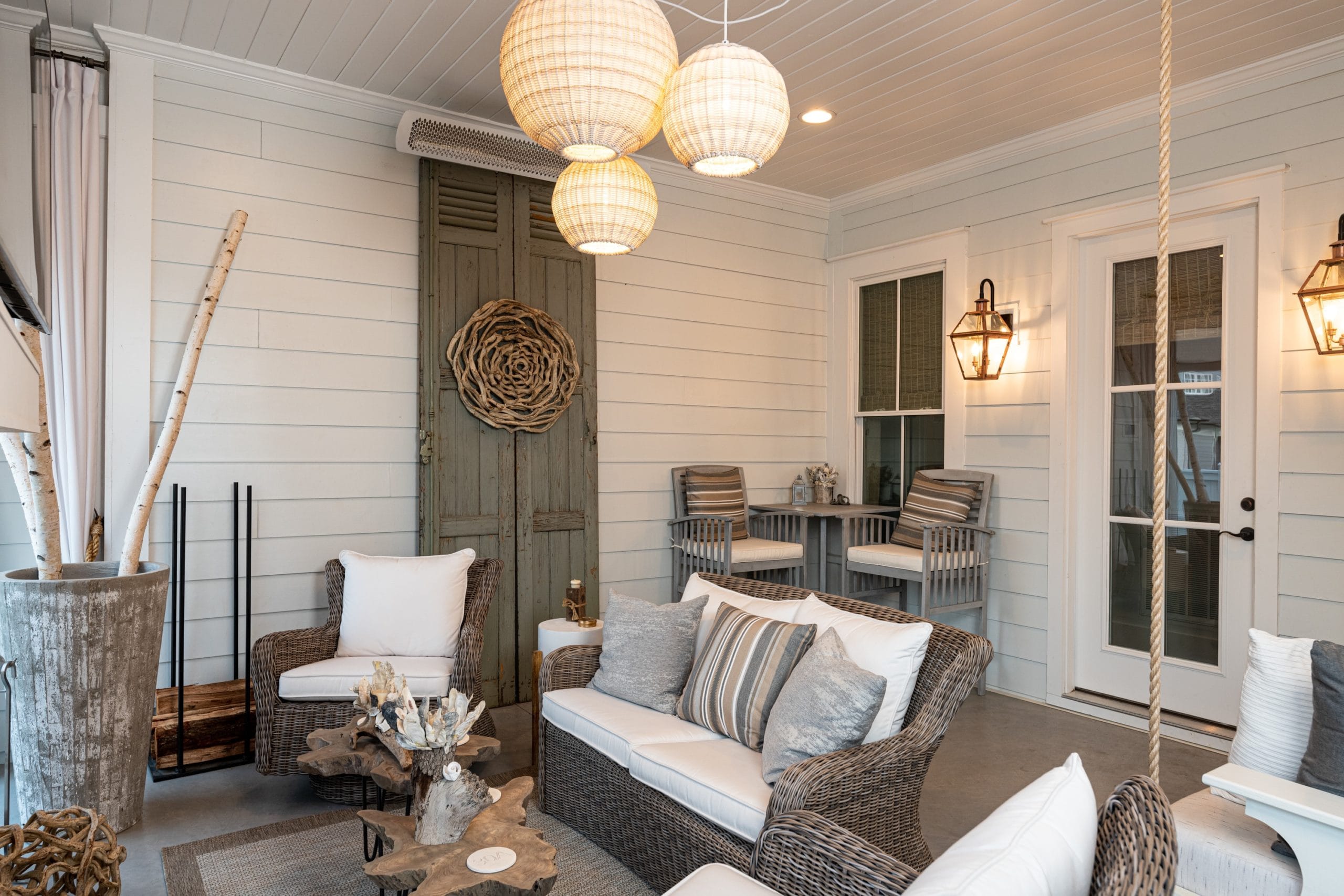During the last decade, modern farmhouse has practically become a staple of residential design; home buyers still love it and builders and developers continue to offer it. Architects and designers have a somewhat different perspective, pointing out that modern farmhouse works well if it’s designed for the right location and has the authentic character traits of a true farmhouse.
When you look at the key characteristics of modern farmhouse architecture, it’s easy to see why it packs such an emotional wallop. Elements of the traditional American farmhouse are modified and sometimes enhanced. For example:
- The porch plays a more significant role.It may wrap around most or all the house and is at least 8 feet wide to accommodate rocking chairs, tables, and porch swings.
- Windows and doors are typically very large and plentiful to connect exterior and interior space and bring abundant daylight into the rooms.
- Exterior proportions are streamlined so that the home has bulk and solidity, but still has the gable forms that are evocative of the traditional is to horizontal siding.

An interpretation of farmhouse style in Albany, New York, seems as appropriate as in Charleston, South Carolina.
Christopher Kempel, AIA, NCARB, design director for Rockefeller Kempel Architects
“Farmhouse in general holds a lot of appeal since it’s classically American and can adapt fairly well to many different geographies,” says Christopher Kempel, AIA, NCARB, design director for Rockefeller Kempel Architects in El Segundo, California. “An interpretation of farmhouse style in Albany, New York, seems as appropriate as in Charleston, South Carolina.”
In Southern California, for instance, may pair farmhouse rooflines with rustic details and Spanish-style tile roofing. In some markets, bold colors — either as accents or primary shades — are being used to sell new homes to move-ups. Although wood is the traditional siding material, farmhouses today may be constructed of concrete, brick, stone, or stucco, or a combination thereof.

The casual indoor/outdoor lifestyle that modern farmhouse embraces, coupled with a clean-lined, simple look, promotes timeless qualities such as family togetherness, but it’s been given a brighter, fresher appearance. It’s not unusual to find great rooms that have vaulted ceilings with exposed trusses, an open look that would have puzzled our ancestors.
“I think there’s a classic look for this, which consists of a medium- to light-gray, standing-seam metal roof; black divided-lite, double-hung windows; white board-and-batten siding; black period lighting; black metal hardware; and a covered porch with columns,” says architect Nathan Kipnis, FAIA, LEED B+C, principal of Kipnis Architecture & Planning in Evanston, Illinois. Kipnis likes to spec casement windows with muntins that look like double-hung windows, but are a better fit for the high-performance homes he designs.
Modern farmhouse still makes sense for many homes in the Chicago area, he says, although certain interior trends might be on their way out. A very funky farmhouse theme, for example, could become dated at some point, says Kipnis.

Rodney Stevens, the in-house designer for Houston-based Frankel Building Group, asserts that modern farmhouse remains popular with clients. “We see it, however, being conditional to the site that it’s on,” says Stevens. “If it’s in a proper setting near a lake or in a rural area, it’s very effective. In fact, we’re working on three or four homes like that right now.”
But Kempel laments that many modern farmhouses in Southern California are merely “decorated boxes with a farmhouse material palette.
“Rising property values on tighter lots are forcing the farmhouse style into a condensed, massive box with often awkward, fussy rooflines,” he says. “The smaller rooms [in a farmhouse] possess a certain charm, but how do you capture and maintain that charm in an open plan?”
Rockefeller Kempel’s answer is to design open plans that differentiate the scale and feel of rooms through changes in flooring material, ceiling heights, and floor levels. This makes the living spaces feel connected while keeping the character and charm and human scale in a home with many individual rooms, Kempel says.
High tech, old school
The original farmhouses were designed for utility, economy, and efficiency, with pitched roofs that shed snow and a deep porch that enhances cross ventilation and manages solar gain. Modern farmhouses do all this and incorporate the latest sustainable technologies as well. Low-maintenance materials such as fiber-cement boards are replacing wood siding, and interiors feature recycled and reclaimed products and materials.
…if a modern farmhouse wants to stay modern, it must continue to evolve.
Rodney Stevens, the in-house designer for Houston-based Frankel Building Group
“Farmhouses have been around for centuries, and here we are now in the time of the modern farmhouse,” says Stevens. “Like all modern things, modern defines the now and if a modern farmhouse wants to stay modern, it must continue to evolve.”
Many of Frankel’s clients who dream of modern farmhouse “crave elegance, but in a more casual and practical way,” he says.

While Kipnis is concerned that modern farmhouse, as it exists today, may be reaching the saturation point, Stevens says the iconic farmhouse will be around as long as people crave the comfort it evokes.
And as long as new farmhouses are being built, designers and buyers will continue to fine-tune the massing, the proportions, and the details. Modern farmhouse will reinvent itself, repeatedly.
“If the space and the property support an [authentic] farmhouse and the design is well executed, then I’m delighted to see modern farmhouse propagate,” says Kempel. “In Southern California, my sense is that the style will remain, yet become less popular as some other style fills the void. What that is I don’t know, but I’m a firm believer that a home designed to connect you with nature and the outdoors, visually or physically, with a timeless palette of natural materials, not only feels right but can improve your quality of life.”
